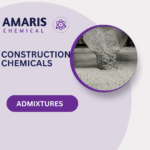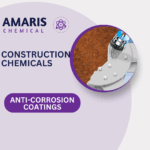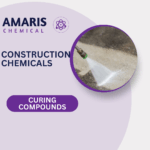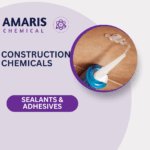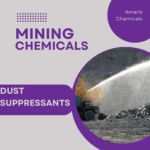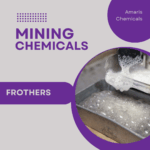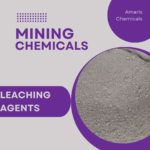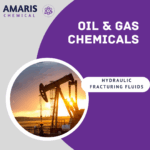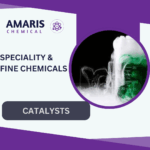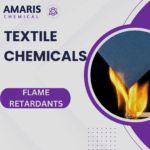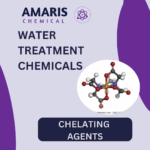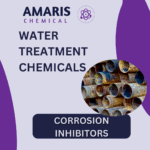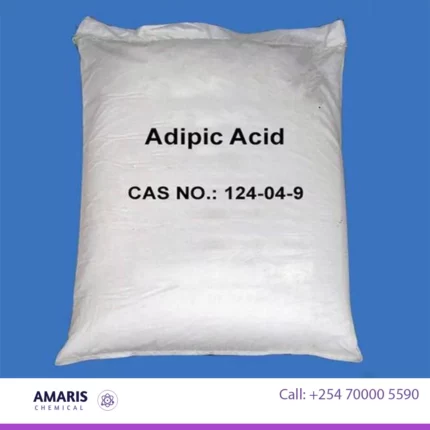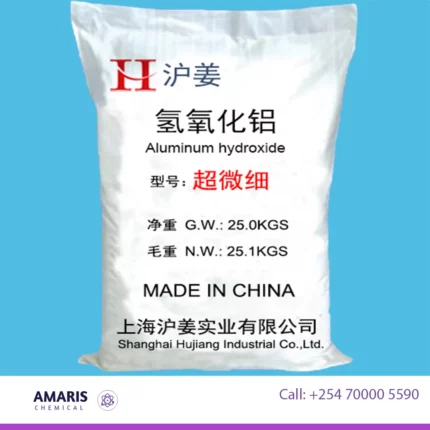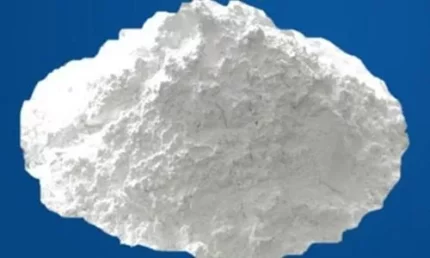Adipic Acid
Adipic acid, chemically known as hexanedioic acid (C₆H₁₀O₄), is a key industrial organic compound recognized for its role in polymer production. Primarily, it serves as a crucial precursor in the manufacture of nylon 6,6, where it reacts with hexamethylenediamine to form this durable synthetic polymer, widely used in textiles, automotive components, and industrial plastics. Beyond nylon, adipic acid is integral to producing polyurethane foams, found in mattresses, insulation, and car seats, due to its ability to enhance material flexibility and strength. It also finds applications as a food additive (E355), where it acts as an acidity regulator in gelatin desserts, beverages, and baked goods. Additionally, adipic acid derivatives are used in plasticizers for PVC products, synthetic lubricants, adhesives, and even cosmetics. While traditionally derived from petroleum-based processes, growing interest in sustainable alternatives has spurred research into bio-based production methods using renewable resources. Overall, adipic acid’s versatility makes it indispensable across multiple industries, from manufacturing to food technology
Aluminium hydroxide
Aluminium hydroxide is a chemical compound with the formula Al(OH)3. It is an inorganic compound that is commonly used as an antacid to neutralize excess stomach acid, as well as a component in the manufacture of various products, such as ceramics, paper, and cosmetics. It is a white, powdery substance that is insoluble in water and has a low toxicity. When heated, it decomposes to produce aluminium oxide, or alumina, which is used in the production of aluminium metal.
Aluminium silicate
Aluminium silicate is a compound made up of aluminium, silicon, and oxygen, with the chemical formula Al2SiO5. It is also known as kaolin, a naturally occurring clay mineral that is widely used in a variety of industrial applications. Aluminium silicate is valued for its high temperature resistance, low thermal expansion, and good electrical insulation properties, which make it useful in the manufacturing of ceramics, refractory materials, and insulators. It can also be used as a filler in paper, paint, and plastics.
Aluminum Fine Powder
Aluminum fine powder is a lightweight, highly reactive silvery-white powder valued for its excellent thermal and electrical conductivity, as well as its reflective properties. Primarily used in pyrotechnics to create bright flashes and sparks in fireworks and explosives, it also plays a crucial role in metallurgy for producing alloys and additive manufacturing (3D printing). In industrial applications, it serves as a reducing agent in chemical processes and generates hydrogen for fuel research. The powder is widely incorporated into metallic paints and coatings for reflective finishes, conductive pastes for electronics, and specialty construction materials like aerated concrete. Available in micron to nano-sized particles, aluminum fine powder requires careful handling due to its flammability and reactive nature with water or acids. Its versatility extends to cosmetics, where ultra-fine grades provide shimmer in nail polishes and eye shadows, demonstrating its broad utility across multiple high-tech and traditional industries.

















